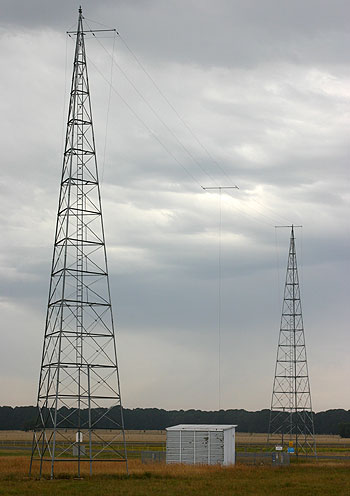How to fly an NDB
NDB
An Non Directional Beacon is comprised of an omni-directional Vertically polarised antenna at a known stationary location coupled to a Medium to Low Frequency Transmitter that has an amplitude modulated identification of one, two or three-letter Morse Code callsign. In Australia they use the three-letter Airport Code when located at an airport.
The NDB is described in ICAO Annex 10 that specifies that NDBs operate between 190 kHz and 1750 Khz.
There are a few types of NBs:
- En route used to mark airways for homing etc
- Approach NDBs that have a hold and approach associated with them
- Localiser beacons for guidance to an ILS
- Locator beacon for guidance to an ILD
ADF
Automatic Direction Finding equipment must be TSO-C41d (which is slightly different to DO-179 that provides for 0.5kHz tuning resolution in Europe)<re>ADF specification https://www.google.com/url?sa=t&rct=j&q=&esrc=s&source=web&cd=&cad=rja&uact=8&ved=2ahUKEwjL9q_F2qj9AhVHzzgGHehNC54QFnoECBAQAw&url=https%3A%2F%2Fwww.icao.int%2Fsafety%2Facp%2Facpwgf%2Facp-wg-f-5%2Fwgf5_15.doc&usg=AOvVaw14JMLAV7SbZYN2sDF0mNrS</ref>
http://www.airwaysmuseum.com/NDB%20BLT%202-05.htm#

